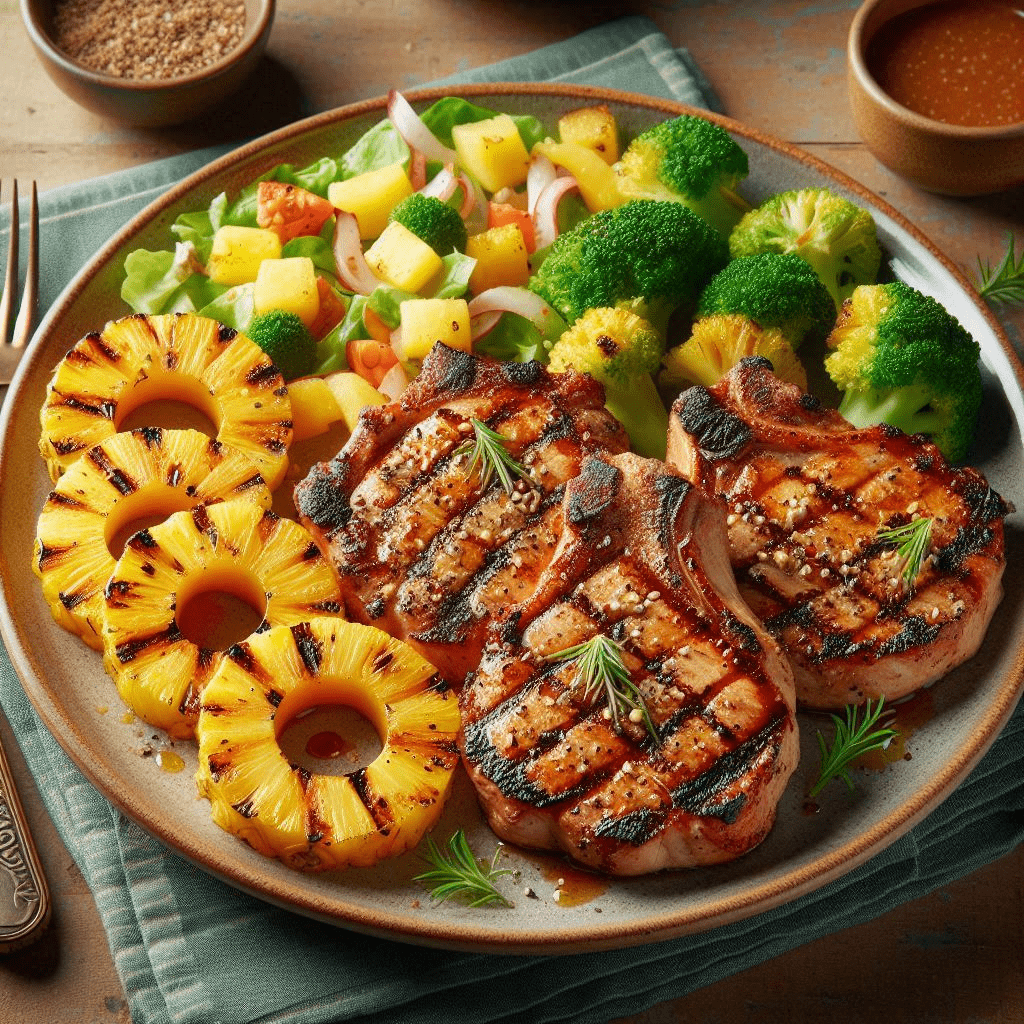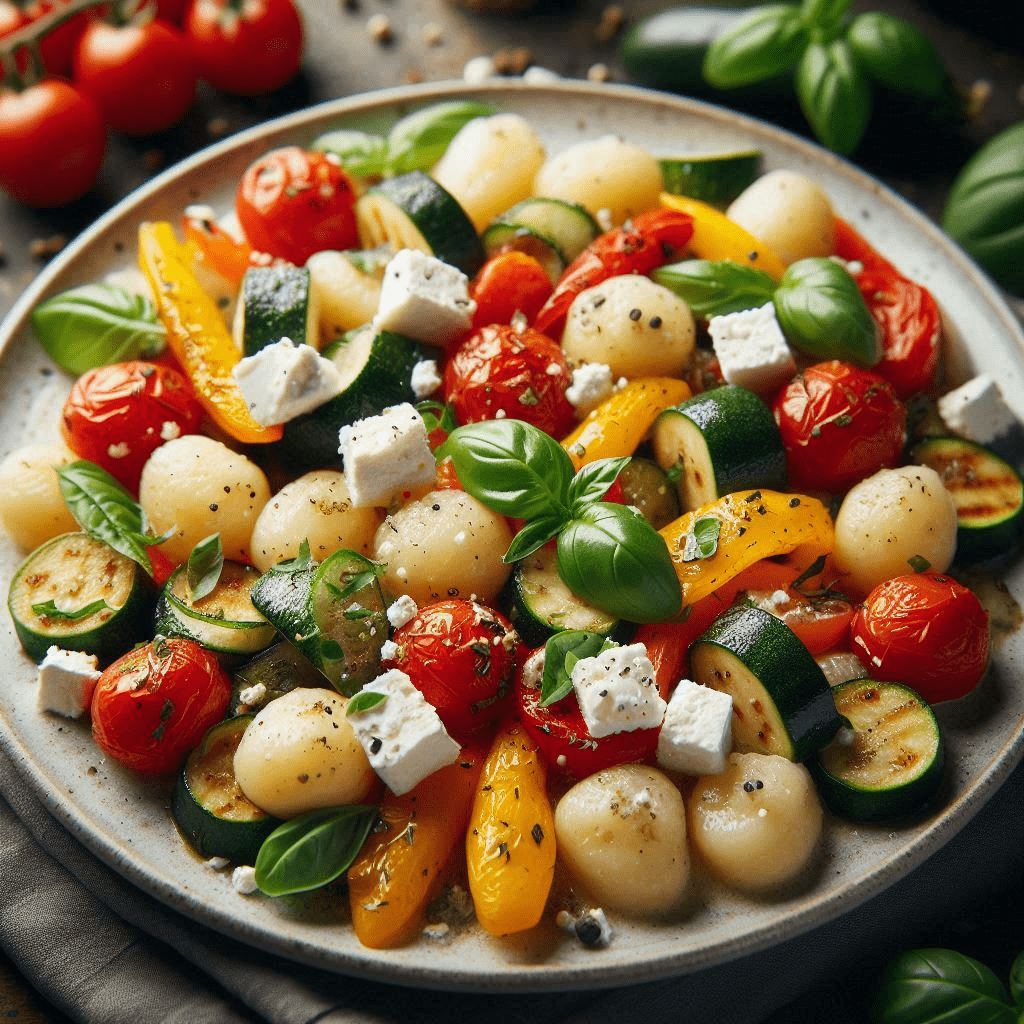A Tasteful Guide to Easy Gluten-Free Lunches
Embracing a gluten-free lifestyle doesn't mean giving up flavor, variety, or creativity. Whether you're new to gluten-free eating or a seasoned pro, lunchtime can be a moment of pure enjoyment, filled with colorful plates, seasonal ingredients, and nourishing options that suit every palate. Let's dive into ideas and inspirations that make gluten-free lunches simple, satisfying, and absolutely delicious.
Gluten-Free Lunch Is An Opportunity For Creativity
As more people embrace gluten-free diets, lunch has become a focus for creating balanced, flavorful meals that fit both dietary restrictions and busy schedules. Going gluten-free doesn't have to limit your options—in fact, it can open up a world of exciting foods and creative choices. Let's explore what goes into making a satisfying, nutritious, and, of course, gluten-free lunch.
Eating gluten-free means steering clear of certain grains like wheat, barley, and rye, but there's still a wealth of options to explore. Building a balanced lunch often comes down to combining key elements:
- Protein for Sustained Energy: Choose high-quality protein sources like lean meats, eggs, beans, tofu, or cheese, as these are naturally gluten-free. Protein provides lasting energy and a sense of fullness that's essential for staying satisfied until dinner.
- Fresh Vegetables and Fruits for Nutrients and Fiber: Vegetables and fruits are foundational in a gluten-free diet because they're inherently gluten-free and packed with vitamins, minerals, and fiber. Colorful produce provides variety, texture, and essential nutrients without processed additives that may contain gluten.
- Gluten-Free Grains and Alternatives: While traditional wheat-based grains are off-limits, gluten-free grains like rice, quinoa, and millet are fantastic choices. They're versatile, easy to cook in large batches, and provide essential carbohydrates without gluten. Cauliflower rice, spiralized veggies, and other alternatives offer even more variety.
- Healthy Fats for Flavor and Satiety: Healthy fats such as avocado, olive oil, seeds, and nuts are naturally gluten-free and elevate flavor while keeping you full. They're especially important in gluten-free diets for promoting satiety without relying on grain-based fillers.
While traditional bread may be off-limits, gluten-free bread options are plentiful! Brands now offer everything from rustic sourdough to multigrain. Stack with your favorite fillings: grilled chicken, roasted veggies, pesto, or cheese. Try a caprese-style sandwich with fresh mozzarella, tomatoes, basil, and a drizzle of balsamic for a simple yet mouth-watering lunch. For a low-carb, grain-free option, use portobello mushrooms or sweet potato slices as “buns” and fill them with grilled veggies or meat.
Ditch the bread, but keep the wrap! Collard greens, Swiss chard, and romaine lettuce leaves make ideal, naturally gluten-free wraps. Fill them with grilled chicken, roasted veggies, or turkey slices. Add a smear of hummus or avocado for creaminess, then roll and secure with a toothpick for a lunch that's perfect to-go. If you crave a more classic wrap, many brands offer gluten-free tortillas in flavors like spinach, tomato basil, or traditional corn.
Creating gluten-free lunches is largely about awareness, label-checking, and experimenting with ingredients. Here are some essential considerations to keep in mind:
- Hidden Sources of Gluten: Gluten can be present in surprising places—think sauces, salad dressings, marinades, and even spice mixes. Always check ingredient lists, especially with pre-made products. When possible, choose simple, whole ingredients, or make dressings and sauces from scratch.
- Avoiding Cross-Contamination: For those with celiac disease or severe gluten sensitivities, cross-contamination is a big concern. If you're preparing food in a shared kitchen, designate separate utensils, cutting boards, and storage containers for gluten-free items. This extra care ensures that your lunch is truly gluten-free.
- Texture and Variety: When removing gluten, sometimes texture can feel limited. Adding a variety of textures, such as crunchy veggies, creamy dressings, or roasted nuts, can make meals feel more exciting and satisfying. Gluten-free grains and roasted veggies, for instance, add great structure and flavor to any lunch.
- Portable and Prep-Friendly Options: Lunch should be convenient, especially for those with busy days. Focus on foods that can be prepared in bulk or make-ahead recipes that hold up well. Grains, proteins, and roasted vegetables are great components to batch-cook and assemble throughout the week. Bento-box-style containers can help keep everything fresh and separate until you're ready to eat.
A salad is more than a side; it's a blank canvas for colors, textures, and bold flavors. Start with a bed of leafy greens like spinach, arugula, or baby kale. For protein, add grilled chicken, roasted chickpeas, or slices of avocado. Load up with fresh veggies—think bell peppers, carrots, and cucumbers for a pop of color. For a bit of crunch, sprinkle with seeds or gluten-free croutons. A simple dressing of olive oil, lemon juice, and fresh herbs ties it all together without overpowering the natural flavors. Make it heartier by adding gluten-free grains like quinoa or wild rice. Both are nutrient-dense, filling, and add a lovely nutty taste to your salad.
When moving to a gluten-free lifestyle, it's easy to feel limited by traditional lunch options. The trick is to get creative and find joy in trying new foods. A gluten-free diet encourages you to think outside the usual sandwich-and-wrap routine, exploring new ingredients and meal formats.
- Mindful Substitutions: Rather than looking for exact replicas of gluten-based foods, find gluten-free alternatives that offer similar satisfaction in different ways. For example, using hearty greens, vegetable wraps, or lettuce cups in place of tortillas gives you a fresh, low-carb option. Asian-style lunch options are a flavor-filled and creative way to infuse gluten-free lunch with a deeply satisfying taste profile.
- Rotating Ingredients for Interest**: Since variety helps keep meals exciting, try incorporating seasonal vegetables or switching between gluten-free grains. Changing small elements regularly keeps meals fresh and avoids the potential monotony of a restricted diet.
When the weather cools, a bowl of soup can be just what you need. Soups like tomato basil, creamy butternut squash, or hearty lentil are gluten-free favorites and can be prepared in large batches for easy meal prep. Serve with gluten-free crackers or a slice of gluten-free bread for dipping. Try a gluten-free minestrone by swapping pasta for gluten-free options or omitting it altogether. Load up on veggies, herbs, and a splash of lemon juice for brightness.
Tips for crafting the perfect gluten-free lunch:
- Batch Cooking: Prepare ingredients like grilled veggies, quinoa, and proteins at the start of the week to mix and match throughout.
- Use Fresh Herbs and Spices: Fresh ingredients elevate the flavor, especially for gluten-free dishes where sauces can contain hidden gluten.
- Explore Gluten-Free Sauces and Dressings: Many dressings can contain gluten. Look for tamari instead of soy sauce or try homemade dressings for peace of mind.
Eating gluten-free at lunch is about exploring new textures, flavors, and foods that align with your dietary needs. With a little creativity and planning, you can transform your midday meal into a vibrant, nourishing, and truly enjoyable experience. Whether you're crafting a warm bowl or a refreshing salad, the world of gluten-free lunches is both accessible and inspiring. By focusing on nutrient-dense foods, checking labels, and thinking creatively, you can make lunch one of the best parts of your day. Keep it balanced, keep it colorful, and you'll find gluten-free lunches that leave you fully nourished and looking forward to your next meal.










